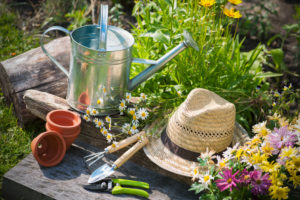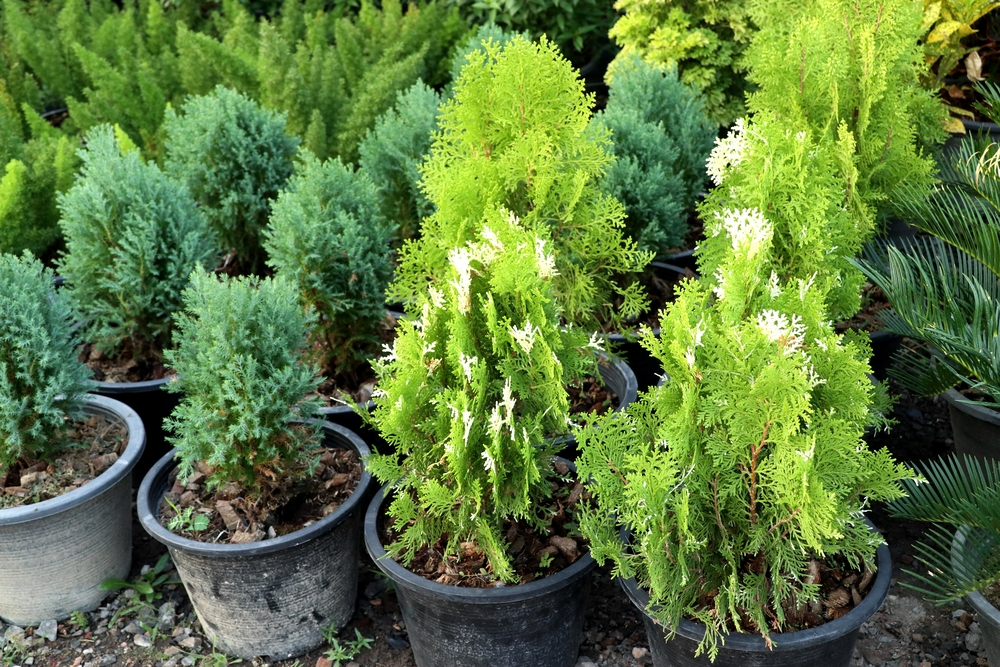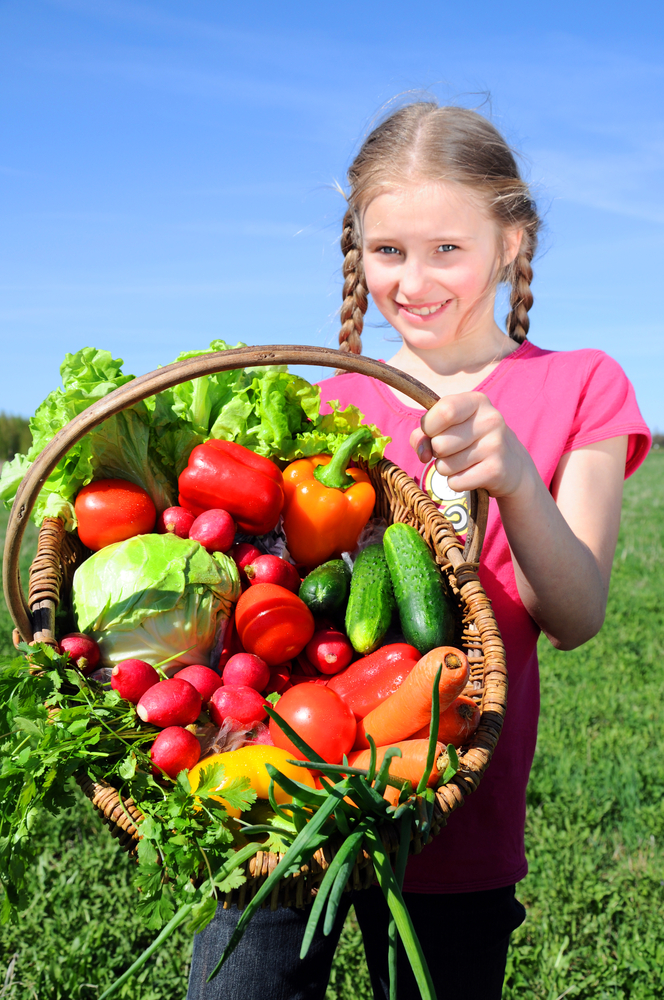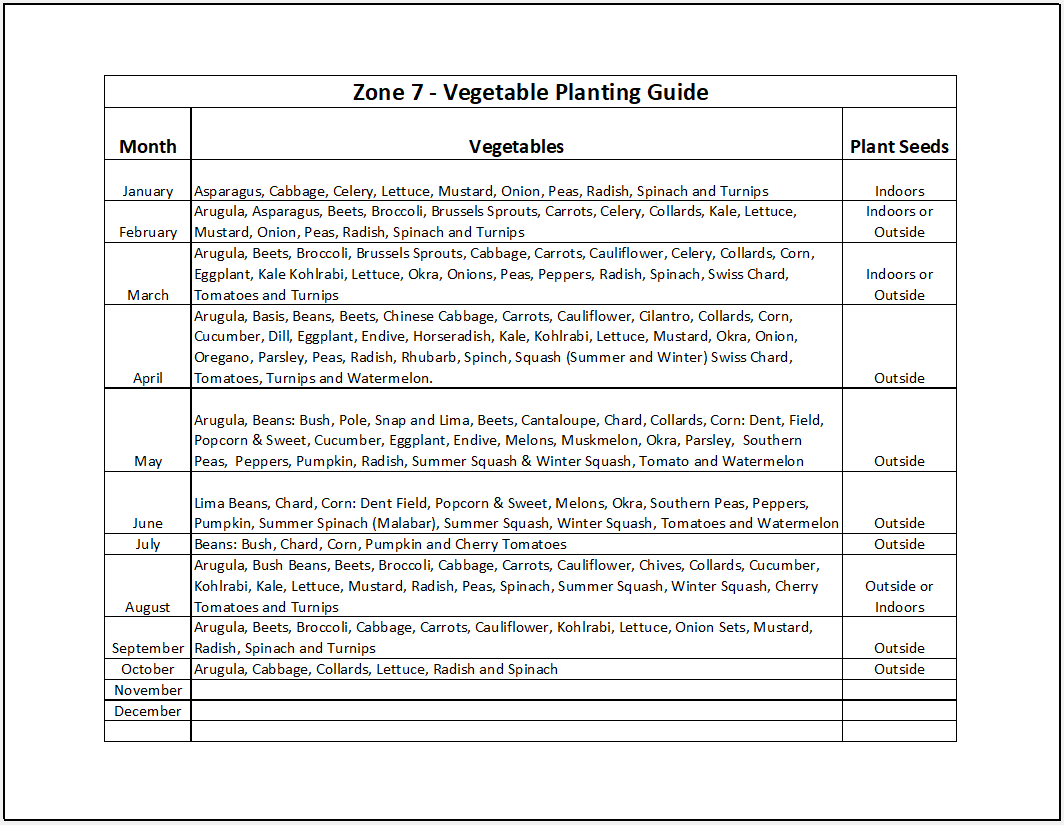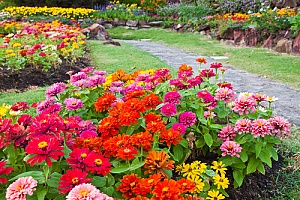Local fall gardeners should be familiar with the U.S. Department of Agriculture plant hardiness zones to ensure successful planting and growth. According to the USDA, the DC Metro area occupies Zone 7, which plays a crucial role in determining which plants will thrive in local gardens. Understanding this zone helps local gardeners make informed decisions about what to plant and when, ensuring a bountiful and vibrant fall garden.
About Fall Gardening in Zone 7
The U.S. Department of Agriculture divides the country up into 11 growing zones. Zone 7 is the only continuous zone of these four, spanning the country. This zone includes Eastern Maryland and most of Virginia. If you are planting a garden in zone 7, you’ll be able to choose among a wide variety of shrubs, veggies and flowers.
Evergreen Shrubs
Here are some of the more commonly seen evergreen shrub choices for Zone 7: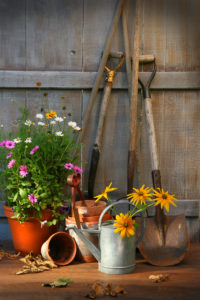
- Wintercreeper
- Yaupon Holly
- Japanese Holly
- Japanese Skimmia
- Dwarf Mugo Pine
- Dwarf English Laurel
- Mountain Laurel
- Japanese/Wax Privet
- Blue Star Juniper
- Boxwood
- Chinese Fringe-Flower
- Winter Daphne
- Oregon Grape Holly
Tips on Planting Zone 7 Evergreens
A shrub expected to reach a mature width of 6 feet and should be planted at least through feet from an existing edge. Despite the fact that most evergreens accept damp conditions, it is best to plant evergreens ins well-drained soil. Evergreens will not thrive in consistently wet and soggy ground.
Best Time to Plant Evergreens
- The absolute best time to plant an evergreen conifer is very early spring when the soil has thawed and the frost is out.
- Early fall is also an excellent time to plant evergreen conifers.
Planting Your Evergreen
Your first task is to dig the hole. Dig the hole deep and wide. Loosen the soil adequately for the roots to extend easily. Evergreens are generally shallow rooted. A good rule of thumb (green thumb) is to dig 2 to 4 times the width of the root ball and at least a foot deep.
Plant the evergreen, adjust and lightly tamp the soil level. Be sure the root ball is level with the surrounding soil level. Use the existing the soil you dug out to the hole, smoothing and lightly firming the soil. Water the soil until it is well soaked.
Apply mulch in a 2 to 4 inch thick layer several inches wider than the widest part of the plant. Avoid mulch contact with the evergreen trunk.
Care of Newly Planted Evergreens
Apply enough water to encourage good root development. Slow soak the evergreen each week. Your purpose is to soak the root ball and surrounding ground. This will encourage root growth.
Tips for Planting Evergreens
A shrub expected to reach a mature width of 6 feet and should be planted at least 3 feet from an existing edge. Despite the fact that most evergreen shrubs tolerate damp conditions, it is almost best to plant evergreens in well-drained soil. Evergreens will not do well in consistently wet and soggy ground.
Best Time to Plant Evergreens
Evergreens can be planted just about any time that suits you, but some times are better than others. The absolute best time to plant an evergreen conifer is very early spring when the soil has thawed and the frost is out. Evergreens will enjoy getting established in cool weather with lots of spring rain. Planting evergreens can continue late into spring as long as you make sure they get plenty of water.
Vegetables
As for vegetables in Zone 7, the USDA list some of these commonly grown choices:
- Arugulas
- Beets
- Swiss Chard
- Mustard
- Cauliflower
- Radishes
- Spinach
- Broccoli
- Carrots
- Cabbage
- Peas
- Turnips
- Lettuce Varieties
Zone 7 Vegetable Planting Guide
Types of Flowers
- Perennials come back for many years.
- Annual plants live for only one growing season.
Commonly grown flowers for Zone 7 include:
- Sweet Pea
- Moss Rose
- Heliotrope
- Lobelia
- Celosia
- Geranium
- Snapdragon
- Bachelor’s Button
- Calendula
- Begonia
- Cosmos
- Marigolds
- Ageratum
- Lantana
- Impatiens
- Gazania
- Nasturtium
- Sunflower
- Zinnia
- Coleus
- Petunia
- Nicotiana
- Bacopa
Tips for Gardening in Zone 7
Zone 7 isn’t a punishing climate, especially in the DC Metro area. The growing season is relatively long compared to more northern climates, providing ample opportunity for local gardening. However, it’s important to be mindful of potential frost damage. In this region, planting too early in spring or too late in fall can pose challenges, so timing your planting carefully is key to ensuring a successful garden.
Gardener’s Basic Soil Mix
Gardener’s Starter Soil Topsoil We harvest and use local area topsoil, which we screen through our machine.
Selecting the Best Plants for Zone 7 and Local Gardening Success
Gardening in Zone 7, especially in the DC Metro area, provides a wide range of options for planting evergreens, vegetables, and flowers. The moderate climate of Zone 7, which includes Eastern Maryland and much of Virginia, allows for a diverse selection of plants that can thrive throughout the seasons. Evergreen shrubs like Boxwood, Blue Star Juniper, and Wintercreeper are excellent choices for year-round greenery in local gardens. When it comes to vegetables, cool-weather crops such as broccoli, carrots, and spinach are ideal for fall planting in the DMV area. To add vibrant color, consider planting annuals like marigolds or perennials such as geraniums and petunias. Understanding your local growing conditions and choosing plants suited to Zone 7 ensures a successful and beautiful garden that flourishes all year long.
How To Calculate Cubic Yards?
In this brief blog, let me show you how to calculate cubic yards.
Summary

Dirt Connections was started with one goal in mind: providing quality residential and commercial construction services to clients on time and on budget. Reach out for more information on how we can support your next project.
For your convenience our estimates are free and by appointment. Call 703-940-9949 for a free estimate today!

